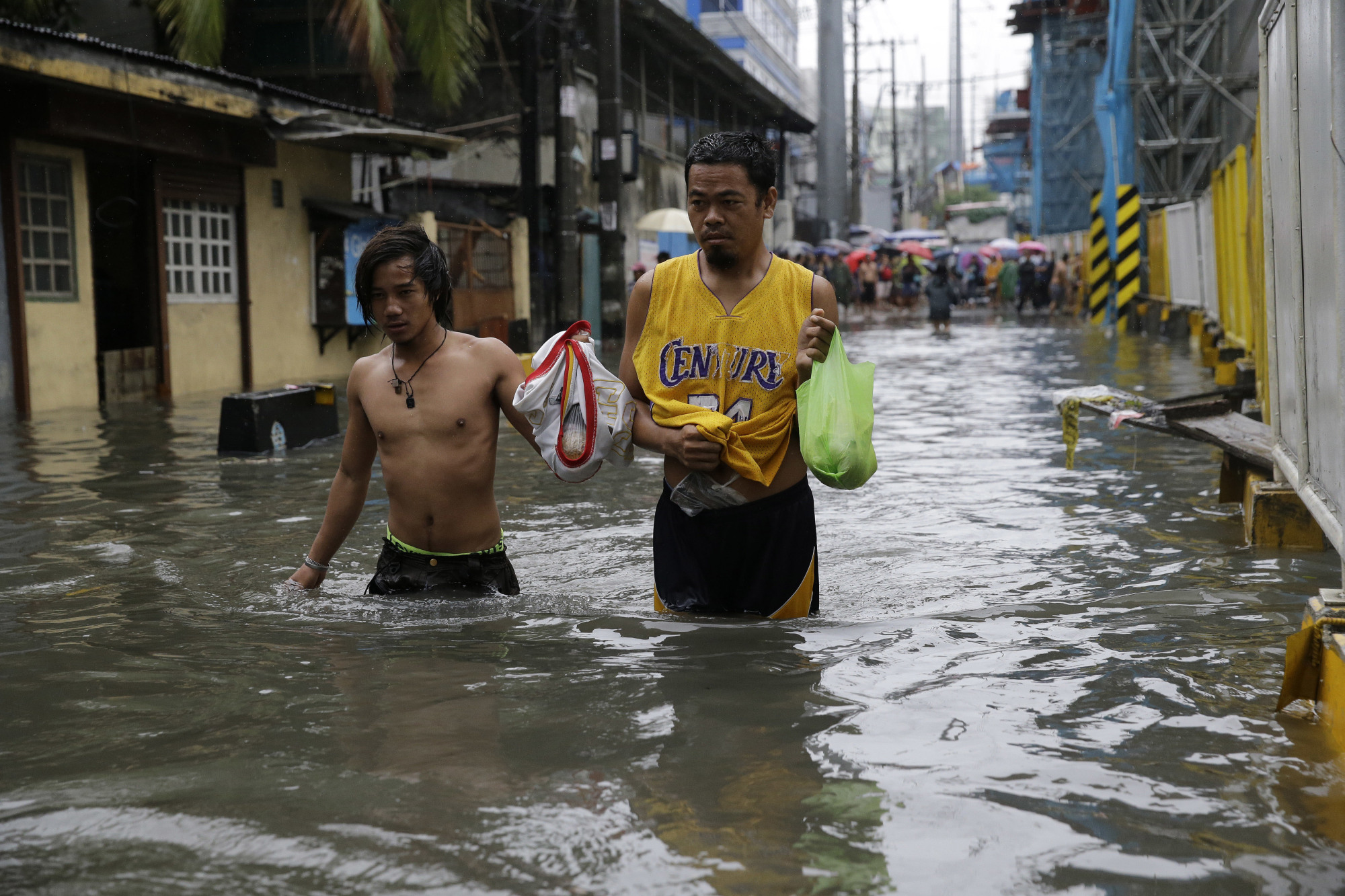It's monsoon season in Asia — marking an end to months of scorching temperatures. But the extreme heat will return, with cities facing particularly brutal conditions. Already, Asia's urban areas experience twice as many hot days as its rural areas do — and could experience 10 times as many by 2100. At that point, there will be no reversing the trend.
The first detailed assessment of climate risk for Asia, carried out by the Asian Development Bank (ADB) and the Potsdam Institute for Climate Impact Research (PIK), makes clear that Asia's cities stand at the front line of the fight against climate change. Indeed, many consequences of a hotter planet — such as more extreme weather events, sea-level rise, environmental migration and mounting social tensions — intersect in urban areas.
This is particularly true in Asia, where cities house more than half of the population and produce almost 80 percent of the economic output. By 2050, Asia's urban population could nearly double, to 3 billion people. Without new climate initiatives, the region's cities could contribute more than half of the increase in global greenhouse gas emissions over the next 20 years.



